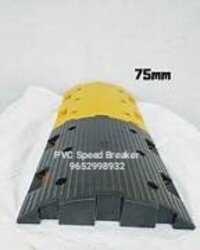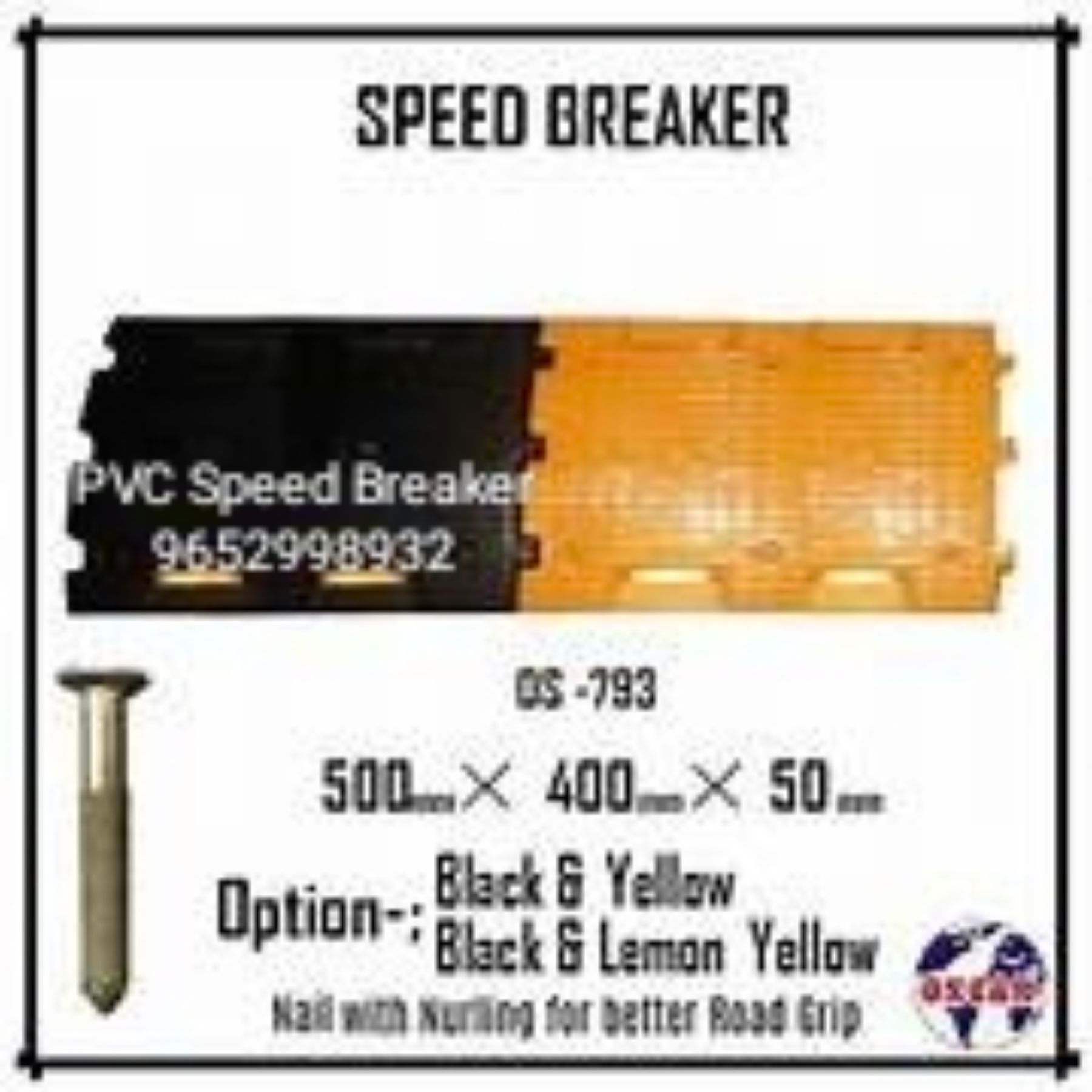Plastic Speed Breaker
Product Details:
Plastic Speed Breaker Price And Quantity
- 50 Meter
- 350.00 - 500.00 INR/Meter
- 350 INR/Meter
Plastic Speed Breaker Trade Information
- Cash in Advance (CID)
- 100 Meter Per Week
- 7 Days
- Yes
- Sample costs shipping and taxes has to be paid by the buyer
- standard packiing
- Asia
- All India
- ISO 9001 2015
Product Description
Plastic speed breakers, also known as plastic speed bumps, are traffic calming devices designed to slow down or regulate vehicle speed in specific areas, such as residential zones, school zones, parking lots, or other areas where pedestrian safety is a concern. These speed breakers are made of durable plastic materials and are often used as an alternative to traditional speed bumps made of concrete or asphalt. Here are some key features and aspects of plastic speed breakers:
1. Material
- Plastic speed breakers are typically made of high-quality, UV-resistant polyethylene or other durable plastic materials. The choice of material ensures resistance to weathering and provides longevity.
2. Modular Design
- Many plastic speed breakers have a modular design, consisting of individual segments that can be interlocked to create the desired length. This modular construction allows for flexibility in adapting the speed breaker to different road widths.
3. Height and Dimensions
- The height of plastic speed breakers is typically in the range of 2 to 4 inches (5 to 10 centimeters). The dimensions and length can vary, with standard lengths ranging from 2 to 6 feet (0.6 to 1.8 meters).
4. Reflective Elements
- Plastic speed breakers often incorporate reflective elements, such as reflective tape or embedded reflective materials. These elements enhance visibility, especially during nighttime or low-light conditions.
5. Colors
- Speed breakers are available in various colors, with yellow and black being common choices. Standardized color schemes help drivers easily recognize and anticipate the presence of speed breakers on the road.
6. Installation
- Plastic speed breakers are typically installed on the road surface using anchors or bolts. The installation process is relatively straightforward, and the modular design allows for easy customization based on the specific requirements of the road.
7. Effectiveness
- Plastic speed breakers effectively reduce vehicle speeds by requiring drivers to slow down when approaching these obstacles. They contribute to traffic calming and help enhance safety, especially in areas with pedestrian or residential traffic.
8. Durability
- High-quality plastic materials ensure the durability and longevity of the speed breakers. They are resistant to damage from the weight of vehicles and are designed to withstand changing weather conditions.
9. Ease of Removal
- Some plastic speed breakers are designed to be easily removable. This feature allows for temporary installation in areas where speed reduction is only needed during specific times, such as school hours.
10. Compliance Standards
- Plastic speed breakers may need to comply with local traffic regulations and standards. It's essential to adhere to established guidelines to ensure the proper installation and effectiveness of these traffic calming devices.
11. Applications
- Plastic speed breakers find applications in various settings, including residential areas, school zones, parking lots, and private roadways. They are particularly useful in locations where maintaining a lower speed limit is crucial for safety.
When considering the use of plastic speed breakers, it's important to follow local regulations, standards, and guidelines to ensure their proper installation and effectiveness in promoting road safety.

Price:
- 50
- 100
- 200
- 250
- 500
- 1000+


















